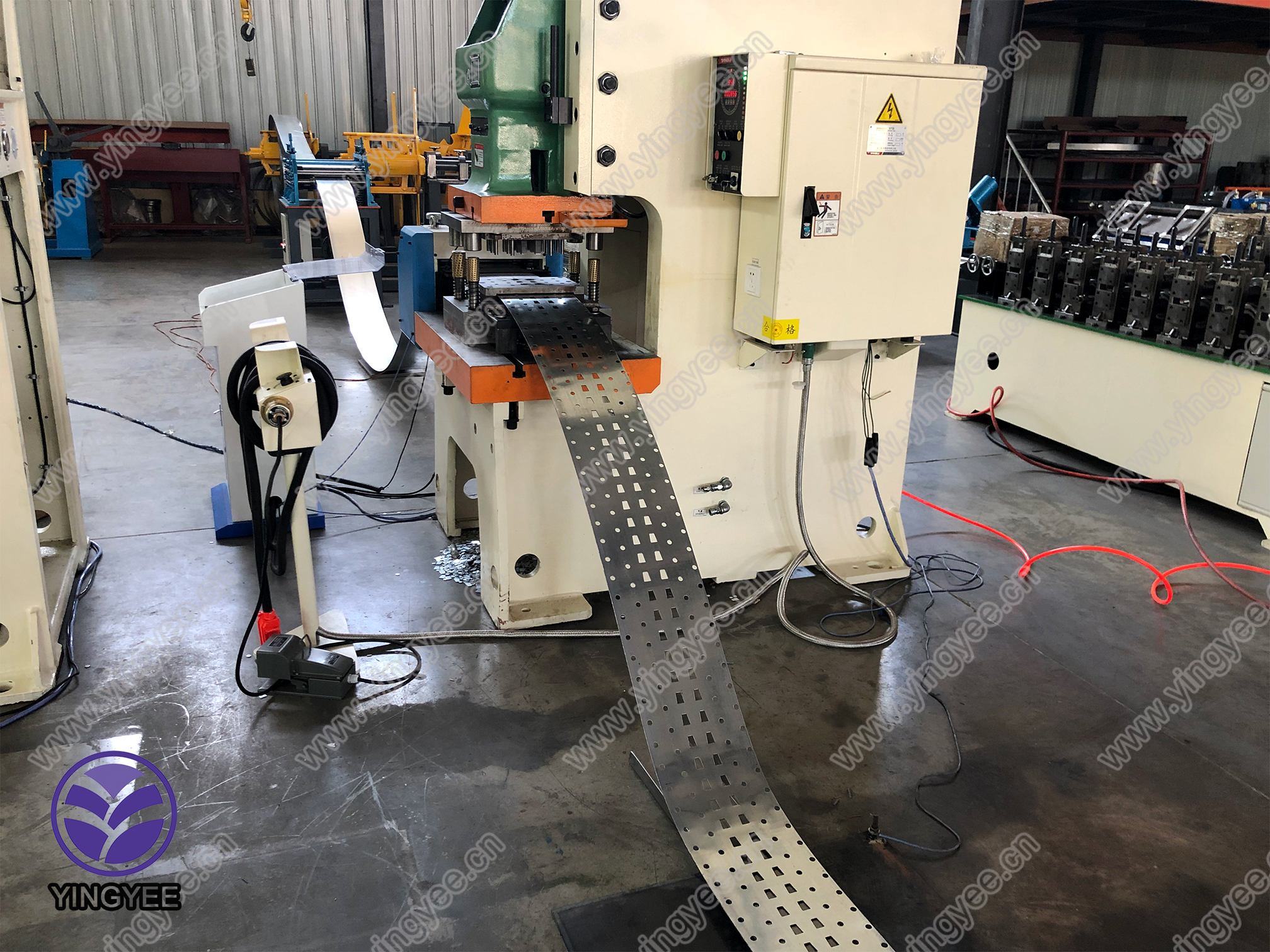
Understanding the Wall Angle Roll Forming Machine in Drywall Production
When it comes to the construction and interior design industry, the proper framing and support for walls are critical. One of the essential components in drywall installation is the drywall stud, which serves as the framework to which the drywall panels are attached. A well-designed and efficiently manufactured drywall stud can dramatically influence both the performance and aesthetics of a building. This is where advanced manufacturing technology, like the wall angle roll forming machine, plays an indispensable role.
What is a Wall Angle Roll Forming Machine?
A wall angle roll forming machine is a sophisticated piece of equipment that shapes metal coils into specific profiles needed for drywall installation. This machine can create various angle sizes and shapes, which are vital for corner support and framing integration in drywall projects. The roll forming process involves feeding a continuous metal strip through a series of rollers that gradually bend and shape the strip to form a desired profile.
The Role of Wall Angles in Drywall Construction
Wall angles are used primarily for securing the ends of gypsum board (drywall) to the wall studs and ensuring a clean, professional finish. Their primary purpose is to provide a sturdy connection point that helps manage the weight and structural integrity of the wall assembly. Proper wall angles also help in achieving seamless joints, which are crucial for both the structural performance and visual aesthetics of interior spaces.
Advantages of Using a Wall Angle Roll Forming Machine
1. Precision Manufacturing Roll forming machines are designed to produce consistent, high-quality profiles with tight tolerances. This precision eliminates discrepancies that could lead to installation difficulties or structural weaknesses.
2. Material Efficiency The roll forming process minimizes material waste by utilizing continuous strips of metal, which can be cut to length after forming. This efficiency is critical in keeping production costs low and reducing environmental impact.

3. Customization Manufacturers can easily change the die configurations on roll forming machines to produce custom angles tailored to specific project requirements. This flexibility allows for innovative designs and adaptations according to different building codes and architectural styles.
4. High Production Speed Roll forming machines are capable of operating at high speeds, enabling a high volume of wall angles to be produced in a short time. This capability is particularly beneficial in large-scale construction projects, where time and efficiency are of utmost importance.
5. Reduced Labor Cost Automation in the roll forming process reduces the need for extensive manual labor, leading to lower operational costs. This not only makes production more efficient but can also translate to savings for the end consumer.
The Process of Roll Forming Wall Angles
The roll forming process begins with the selection of the appropriate metal coil, typically made of steel or aluminum, known for its durability and strength. The coil is fed into the roll former, where it is shaped gradually through various sets of rollers, each responsible for forming a specific part of the angle. The machinery is programmed to ensure that each pass produces the required profile consistently.
Once the desired shape is achieved, the formed angles are cut to length, packaged, and prepared for distribution. The entire process is usually monitored with computerized systems that can detect any inconsistencies in production and make automatic adjustments, ensuring high-quality outputs every time.
Conclusion
The wall angle roll forming machine is a vital piece of technology in the drywall production industry. By enhancing precision, efficiency, and customization, it supports builders and contractors in delivering high-quality, structurally sound drywall installations. As the construction sector continues to evolve, the role of such innovative machines becomes increasingly crucial, reinforcing the importance of investing in advanced manufacturing solutions to meet the demands of modern architecture and construction practices. As we move forward, we can expect these technologies to continue innovating, offering even more benefits to the industry at large.